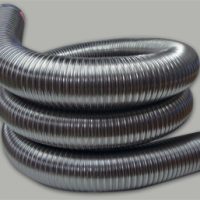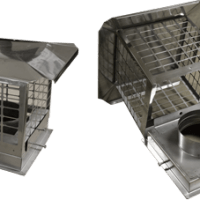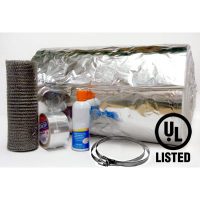If you have a chimney, when was the last time you replaced your chimney liner? If that question stumps you, then it might be time to investigate the situation a little and probably even consider having your chimney inspected. You may be due for a new liner.
How do I replace my flue liner?
Although chimneys are designed to withstand nearly anything, it would seem, the truth is they aren’t quit as indestructible as we might think they are. The chimney liners in particular could easily lose their former stability and be a factor in a fire or carbon monoxide poisoning by permitting the escape of gases and/or burning embers.
Why do I need a new chimney liner?
But first, of course you will need to find out if you actually need a new chimney liner. To do that it is best to have your chimney inspected by someone who knows what they’re looking for. And where would you go for such a service? Well, to a chimney sweep. Though many may have the idea that chimney sweeps don’t actually exist anymore, the truth is they are as popular as ever. As more and more homeowners are putting fireplaces into their homes, the business of chimney sweeping as become an important element in making sure we keep our homes safe. A chimney sweep will install, clean and maintain your chimney so as to keep it in working order and safe to use.
One of the chimney sweep’s main jobs is to look for potential fire hazards, as well as blockages in your chimney. This is especially important for those who have a gas fireplace. If a homeowner with a gas fireplace has blockage in their chimney, the fumes can easily build up inside the home. A chimney sweep may do an initial inspection of your chimney, and then depending on what they find, they may suggest a more in-depth inspection.
Although there are chimney sweeps who do this type of inspection for a living, you should keep in mind in most localities there is no government oversight or industry regulators. In addition to asking friends and neighbors for suggestions of someone they trust, you might also call your local fire department or even the appropriate local government office to see what they recommend.






